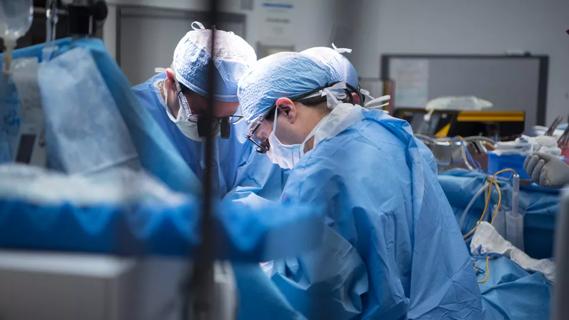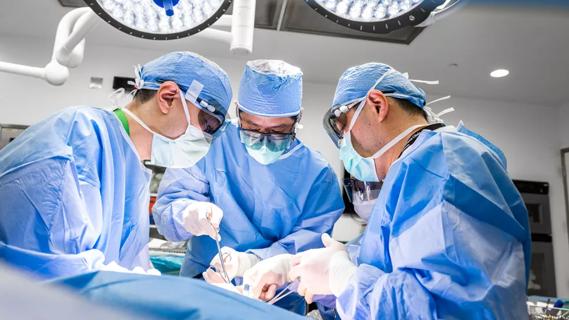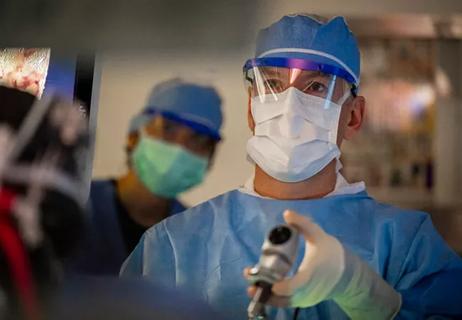Chair of Pathology outlines several cases
In this video, John Goldblum, MD, Chair of the Department of Pathology at Cleveland Clinic and staff pathologist of the Soft Tissue and Bone Pathology service, discusses several cases of esophageal biopsies with a focus on Barrett’s esophagus. He also shares his thoughts on the best stains for goblet cells, when a pathologist should give descriptive diagnoses in the absence of endoscopic information, and why he starts at low magnification when reviewing esophageal biopsies.
Advertisement
Cleveland Clinic is a non-profit academic medical center. Advertising on our site helps support our mission. We do not endorse non-Cleveland Clinic products or services. Policy
The first case is a 27-year-old male who presented with dysphasia refractory to proton pump inhibitors. His esophageal biopsies appear partially blue, which Dr. Goldblum identifies as indicative of inflammation. Pink in esophageal biopsies indicates a lack of inflammation because of all the glycogen in the esophageal squamous mucosa.
Dr. Goldblum switches to higher magnification to show the inflammatory cells within the esophageal mucosa. All are eosinophils with essentially no neutrophils or lymphocytes present. He then looks for organization of the eosinophils within the squamous mucosa, which does not appear to be present. Some of the eosinophils are degranulated which can make them difficult to count. To count them, he recommends viewing the densest area and counting in that location. Thus, the slides appear to show an eosinophil-rich esophagitis, with the biopsies from the distal esophagus showing prominent intraepithelial eosinophils. Dr. Goldblum explains that these characteristics are indicative of but not pathognomonic for eosinophilic esophagitis, the diagnosis of which would require clinical and endoscopic findings as well. Watch the video to learn more.
Cleveland Clinic Laboratories’ Pathology Insights video series features important cases, methods, and practices that are personally presented by our staff pathologists.
These short videos break down information about interesting pathology cases to better inform doctors, laboratory staff, patients or anyone interested in the field of pathology.
Advertisement
Advertisement

Strong patient communication can help clinicians choose the best treatment option

ctDNA should be incorporated into care to help stratify risk pre-operatively and for post-operative surveillance

The importance of raising awareness and taking steps to mitigate these occurrences

New research indicates feasibility and helps identify which patients could benefit

Treating a patient after a complicated hernia repair led to surgical complications and chronic pain

Standardized and collaborative care improves liver transplantations

Fewer incisions and more control for surgeons

Caregiver collaboration and patient education remain critical